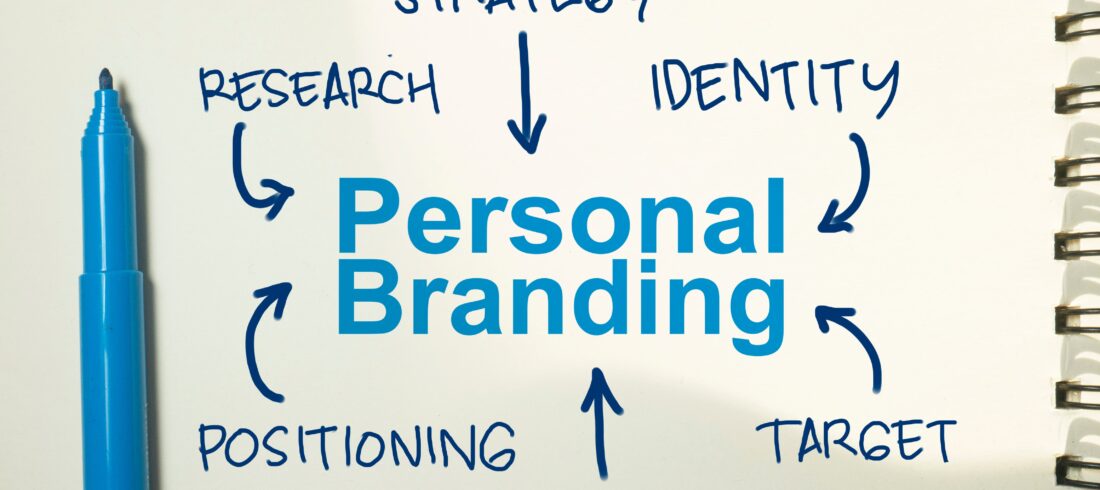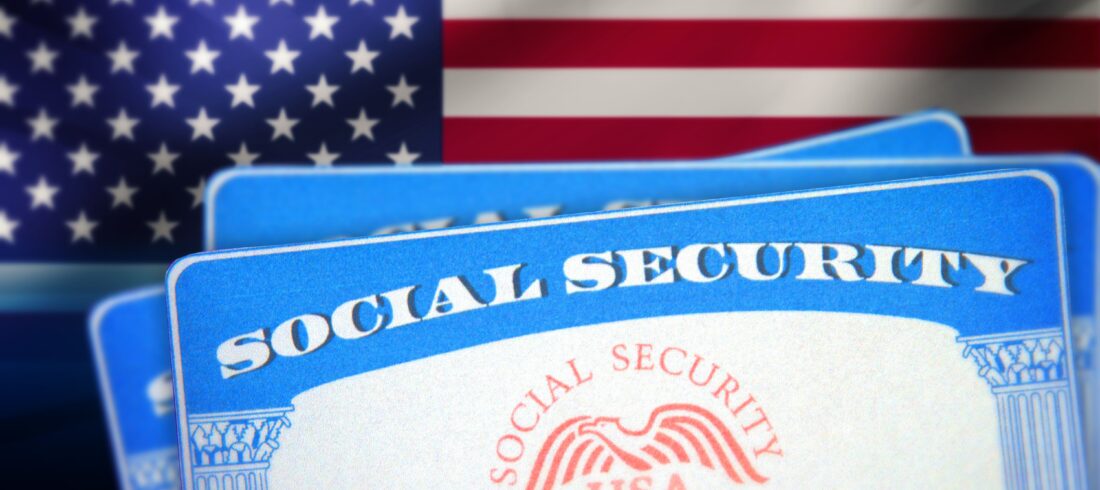Numerous Americans have leaned on the help from the Affordable Connectivity Program (ACP). Yet, with the program’s conclusion, recipients are puzzled about future support. Luckily, despite ACP’s funds drying up, options for free phones or cheaper services still exist. The key is knowing where to search.
Getting a Free Phone When ACP Ends
To begin, it’s important to understand the ACP for continued benefits after its funding ends. The FCC had set up this program to help with internet expenses for eligible homes. It offered up to $30 off monthly internet bills, or $75 for homes on tribal lands. There was also a one-time discount up to $100 for a computer, if the household paid $10 to $50 and bought from approved sellers. Only one device and one service discount per household were allowed. Eligibility was based on income, needing to be under 200% of the federal poverty line, reviewed and adjusted yearly. It officially ran out of funding at the end of April 2024. However, funds were still drying up until the end of May 2024.
How Lifeline Helps Along with ACP
Beyond the basic discounts, the ACP had greater impact when combined with programs like Lifeline at certain providers. This combo enabled users to get free devices. Thankfully, you can still get a free phone in certain ways even when ACP funding runs out. You might wonder how to get a free phone without the ACP. Luckily, it’s simpler than it seems. Many carriers are adapting to the program’s end. For example, Cricket Wireless gives a phone for free to new customers who switch their number and sign up for an eligible plan. This is just one carrier’s approach, so it’s smart to explore offers from other providers too.
Understanding Lifeline Support
Lifeline is a helpful program for people with low incomes, helping them save on phone and internet services. It provides monthly discounts of up to $34.25 for those living in certain areas. Keep in mind, Tribal land residents also get a one-time saving of up to $100 on setup fees. The FCC started Lifeline, but USAC manages it, dealing with applications and eligibility.
To apply, simply go to the Lifeline website, click “Apply Now,” and answer a few questions. You qualify if your income is at or slightly above the federal poverty level, if you’re part of certain federal or tribal programs, or if your child or dependent is in these programs. To check if you meet the income criteria, start your application and look at the guidelines for your family size.
Providers Working with Lifeline
With the aid of Lifeline, you might be able to discover that you might obtain a free phone. That’s because Lifeline providers might also provide Lifeline recipients a free cell phone!
Other FCC Support Programs
There are a variety of FCC programs that also focus on the goal of improving connectivity for recipients. Additional FCC support includes:
E-Rate
E-Rate helps institutions like schools and libraries to offer discounted telecommunication and internet services. It’s not just about cutting costs; it’s about opening doors to new opportunities. Schools leverage these advantages to integrate digital resources into education, enhancing student learning. Similarly, public libraries evolve beyond book lending, becoming local technology hubs. They provide community access to the internet for education, work, or personal growth, enabled by E-Rate’s reduced rates for high-speed internet.
Rural Health Care Program
The Rural Health Care Program is designed to assist health care workers in certain US areas by supplying essential communication tools for enhanced medical care. This program has two main components: The Telecommunications Program and the Healthcare Connect Fund. The Telecommunications Program reduces the cost of various phone and internet services for rural health care providers, ensuring they pay no more than their urban counterparts. Meanwhile, the Healthcare Connect Fund supports both individual and group health providers, including those in rural and non-rural areas. It provides discounts on connectivity-related expenses, like high-speed internet and advanced technologies such as remote patient monitoring systems or electronic health records, offering significant support to these health care professionals.
Summary
While the Affordable Connectivity Program (ACP) is ending, there are still ways to get support for phone and internet services. Programs like Lifeline continue to offer significant discounts and even free phones in some cases. With carriers like Cricket Wireless (amongst many others) still offering free devices, there are still ways to get support. It’s essential to explore these opportunities, checking with different carriers to see their unique offers. Remember, despite the ACP’s closure, staying connected doesn’t have to be out of reach. Financial support may be closer than you realize.



